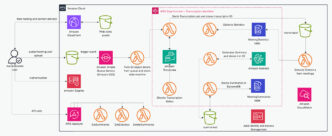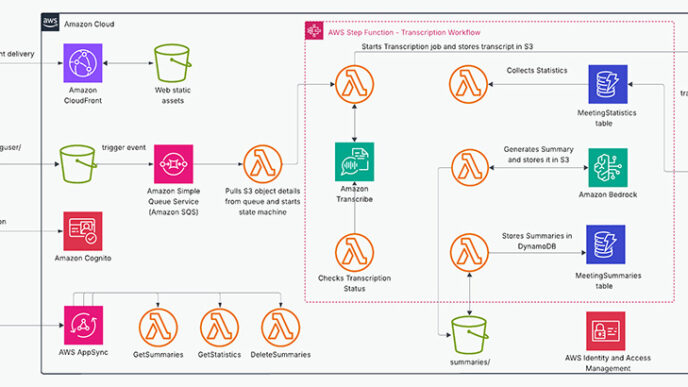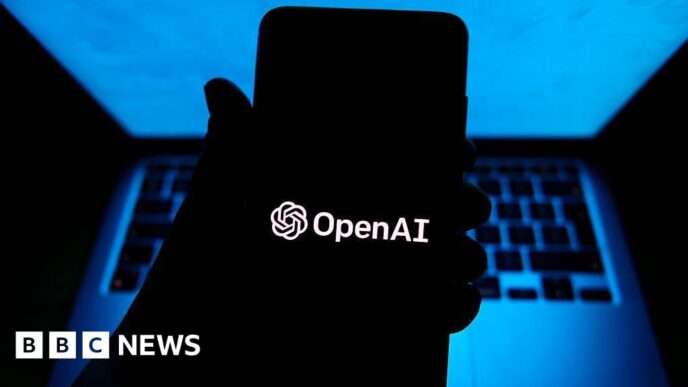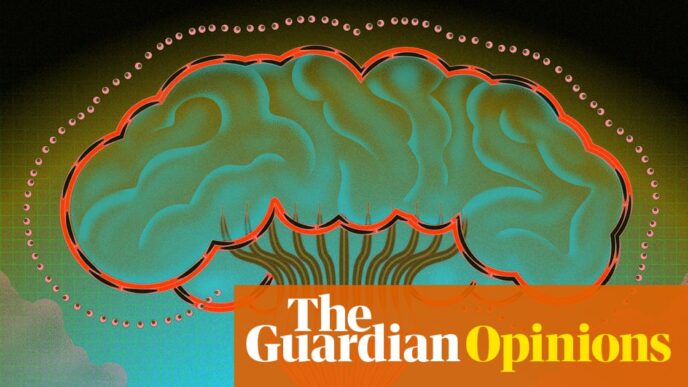UNLV researchers launched an AI-powered system to detect emerging viruses faster through wastewater surveillance. The new method scans wastewater samples and spots virus variants like influenza, RSV, mpox, measles, and Candida auris often before clinical tests catch them.
The tech digs through nearly 3,700 samples from Southern Nevada (2021-2023), identifying unique viral signatures with just two to five samples. That’s way quicker than old-school methods, which needed prior genetic info and clinical data. This AI system doesn’t.
This means health officials could spot outbreaks before any patient shows symptoms or gets tested. The tool also promises better disease monitoring in rural and low-resource areas.
Edwin Oh, UNLV professor, said:
"Imagine identifying the next outbreak even before the first patient enters a clinic. This research shows how we can make this possible."
"Through the use of AI we can determine how a pathogen is evolving without even testing a single human being."
Co-author Duane Moser added the AI could boost disease surveillance in underserved communities.
The project is part of a collaboration with the Southern Nevada Water Authority, Southern Nevada Health District, and Desert Research Institute. They already run a public wastewater dashboard tracking COVID-19 and others.
Daniel Gerrity, SNWA microbiologist, said:
"Wastewater surveillance has proven to be an effective tool for filling critical data gaps and understanding public health conditions within a community."
"The ongoing wastewater surveillance effort is a great example of how collaboration between SNWA, UNLV, and other partners can lead to positive impacts for the local community and beyond."
The study appears in Nature Communications and marks one of the first AI uses to sharpen wastewater disease tracking.














